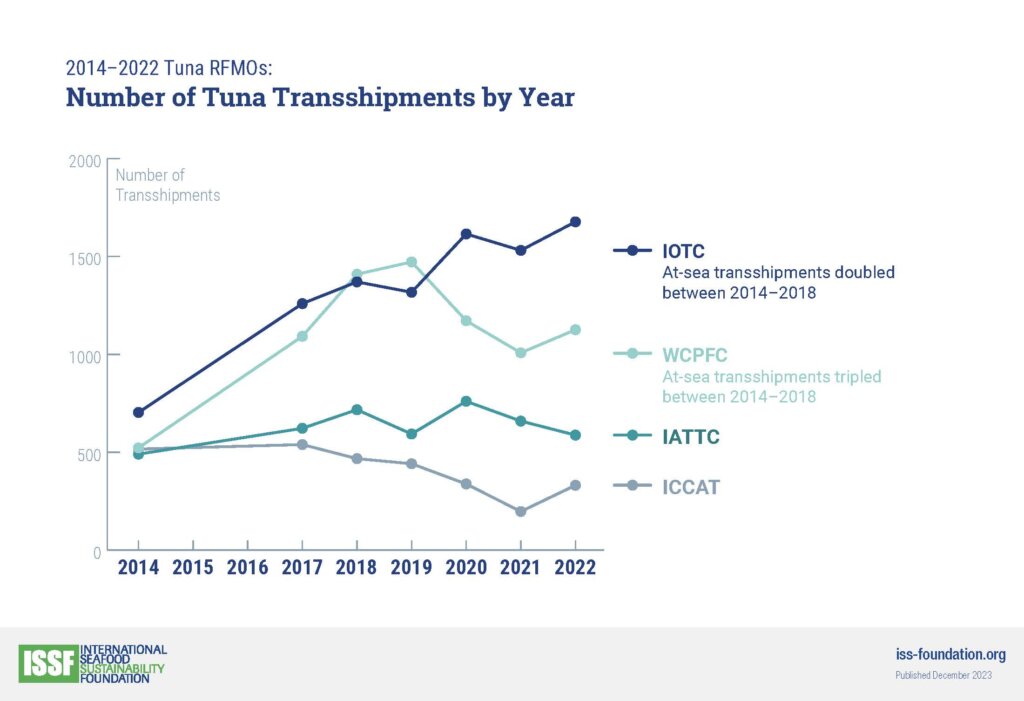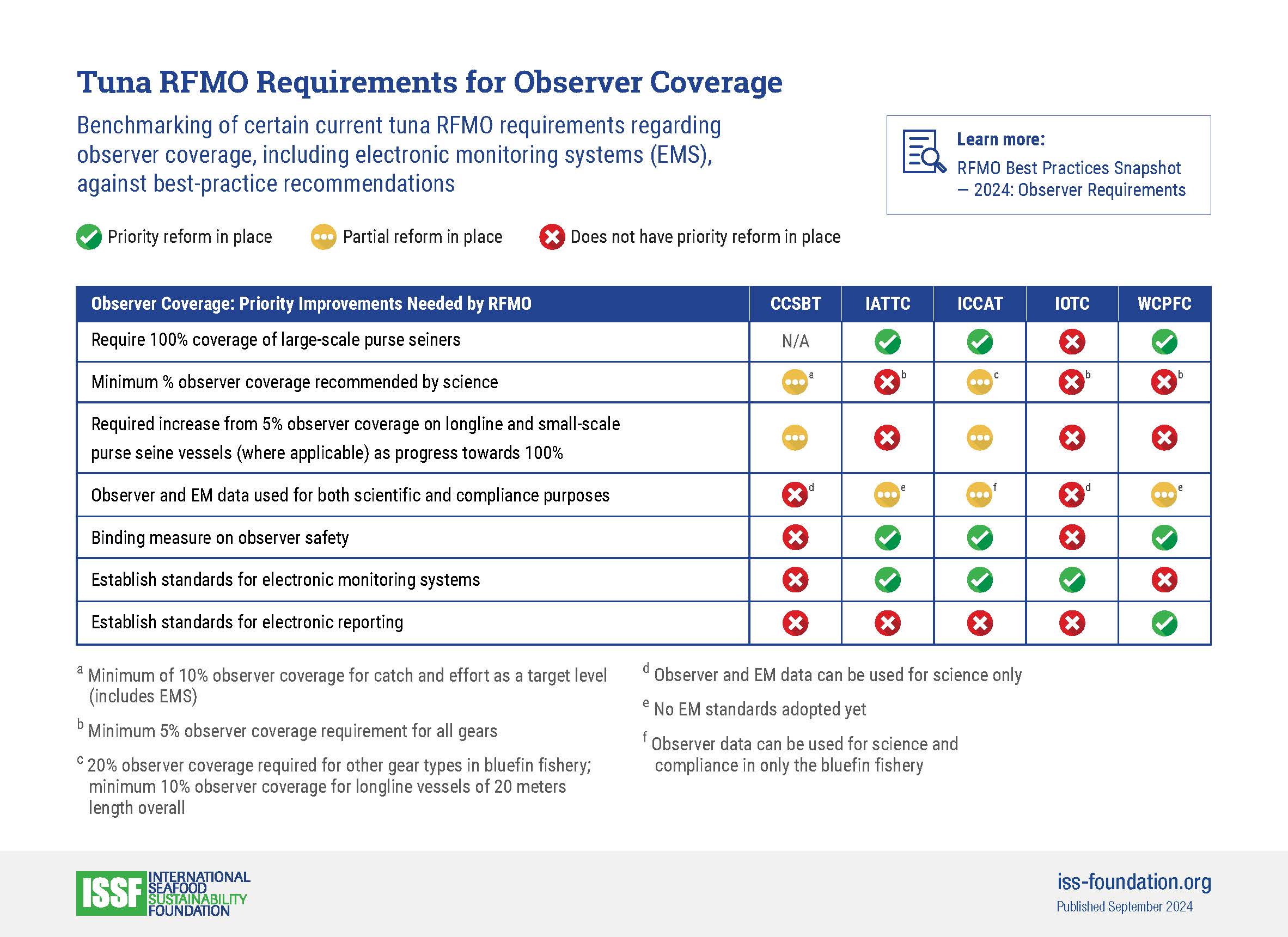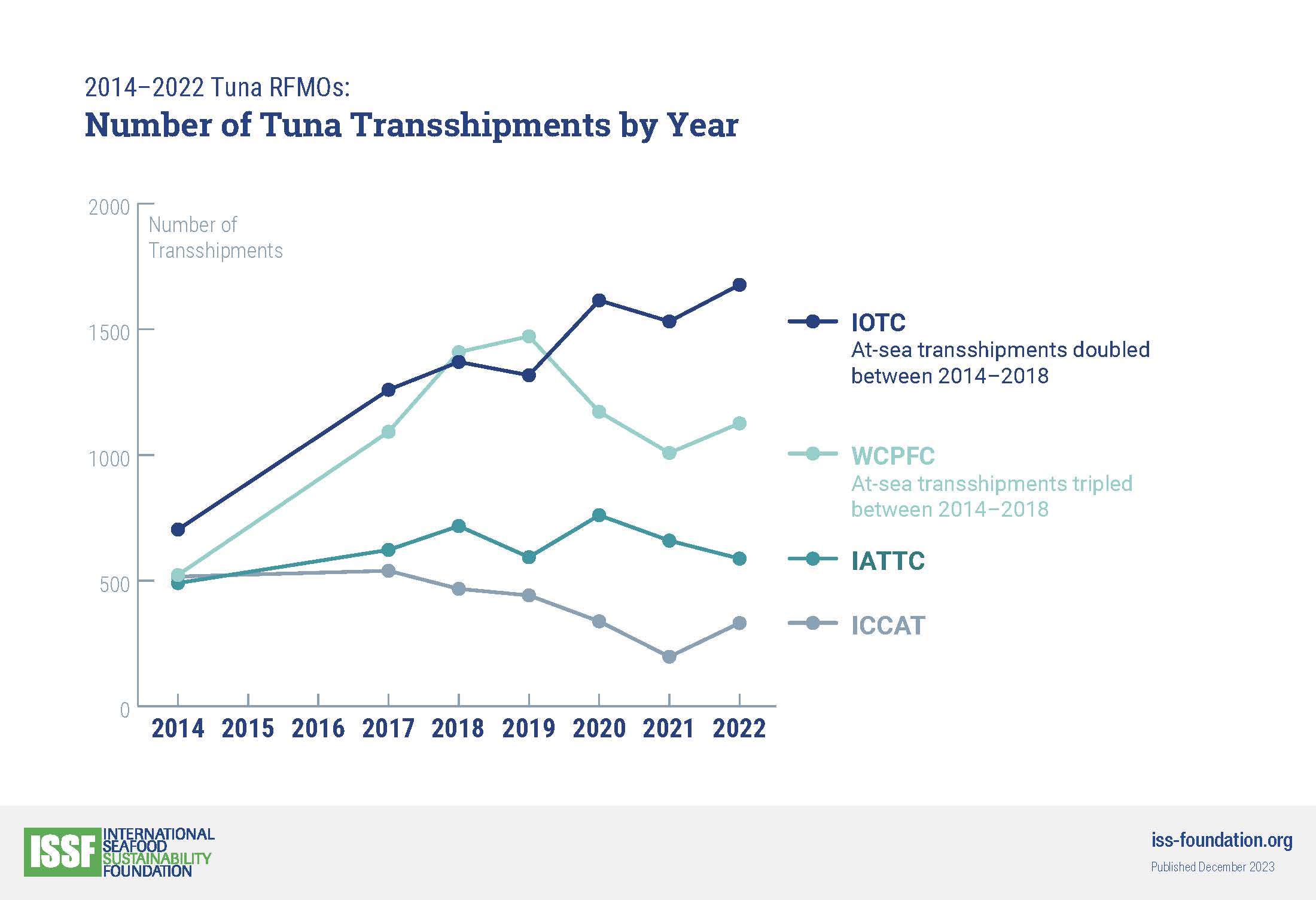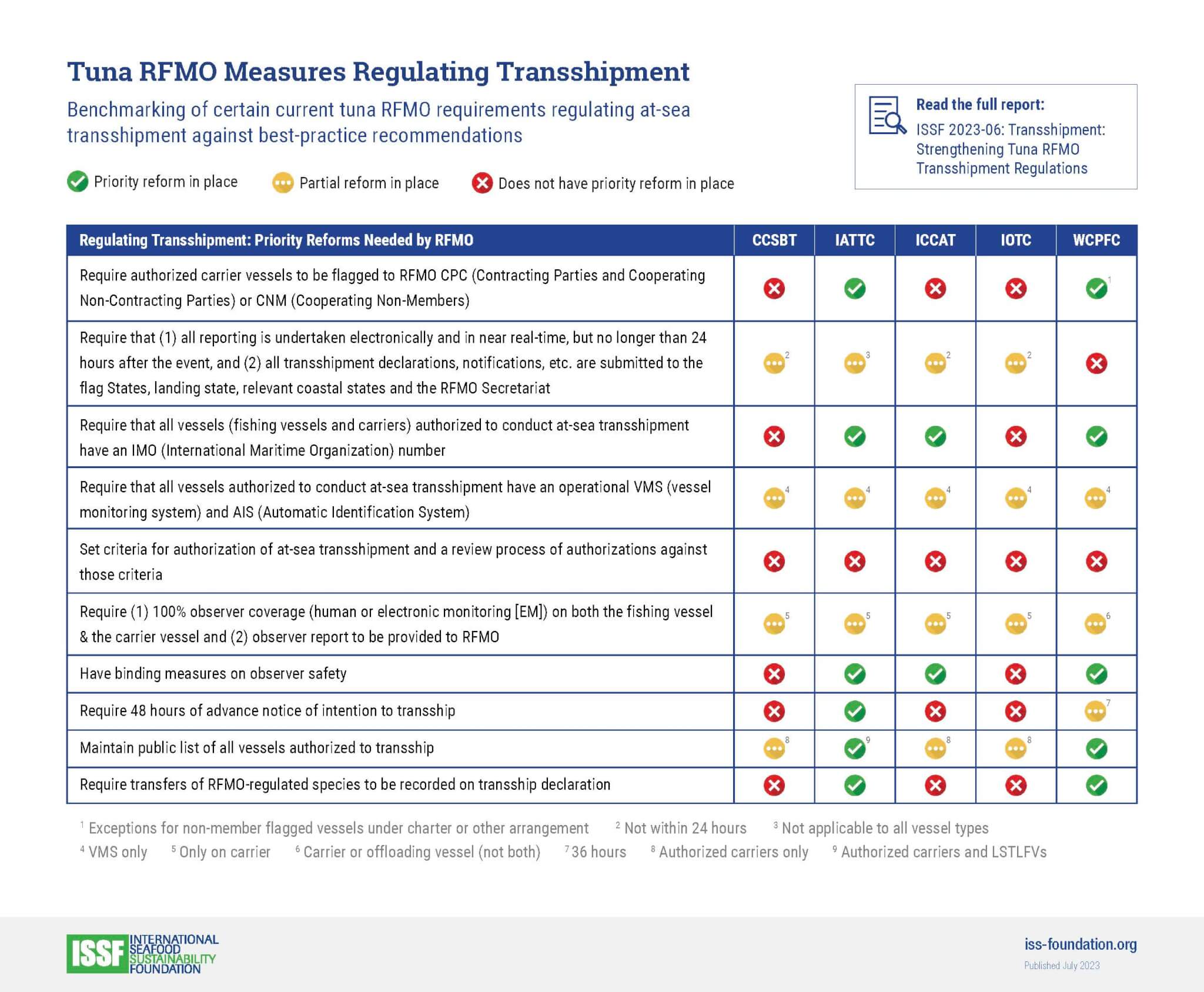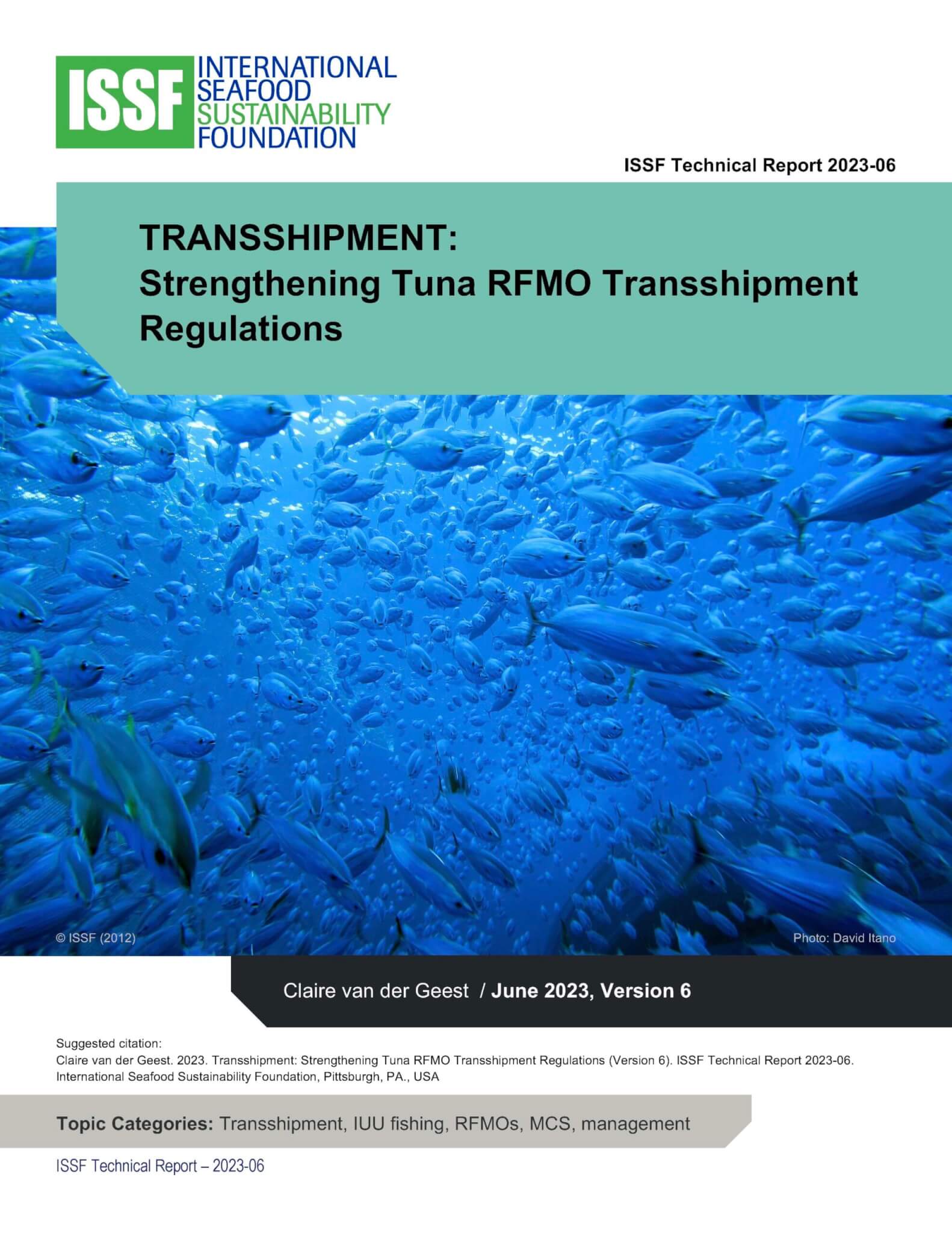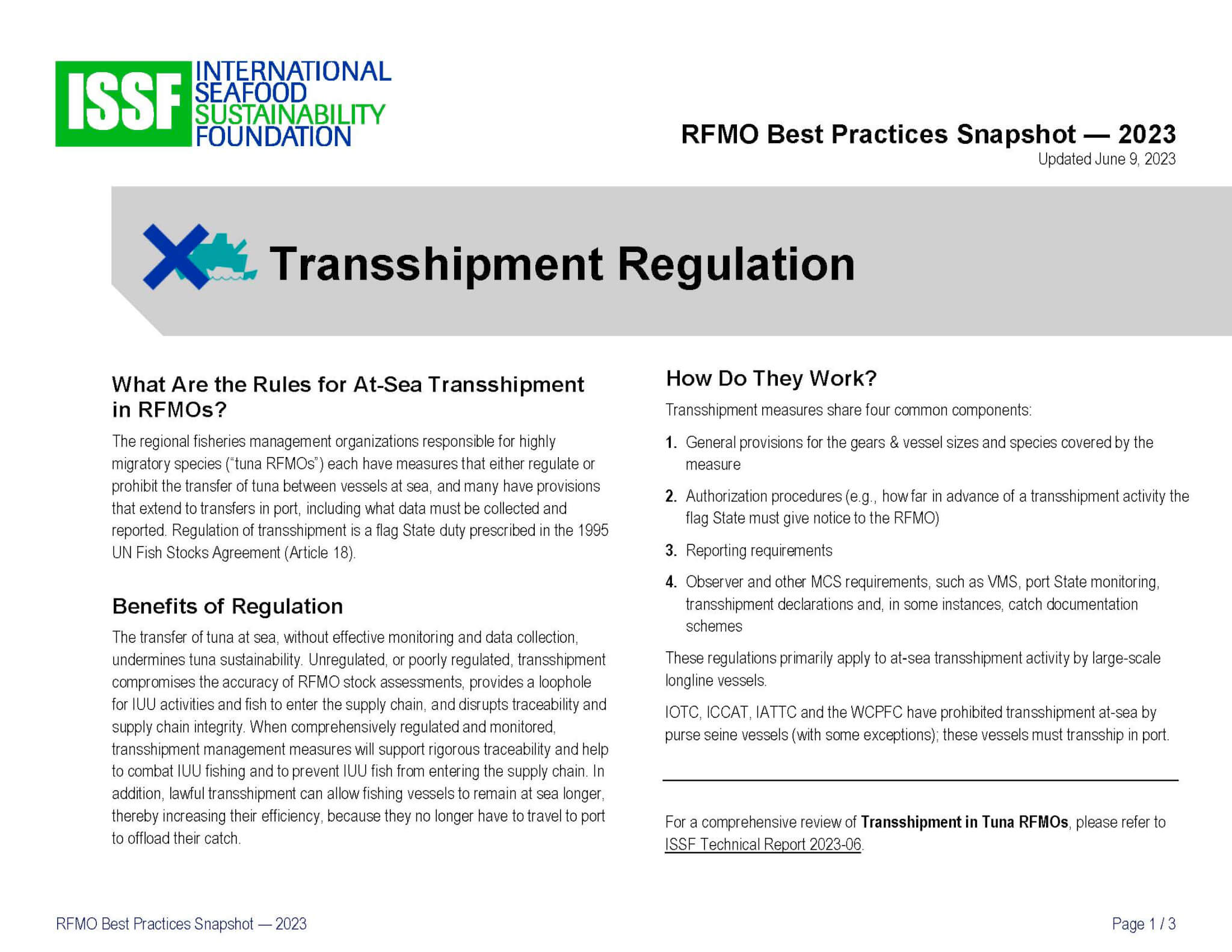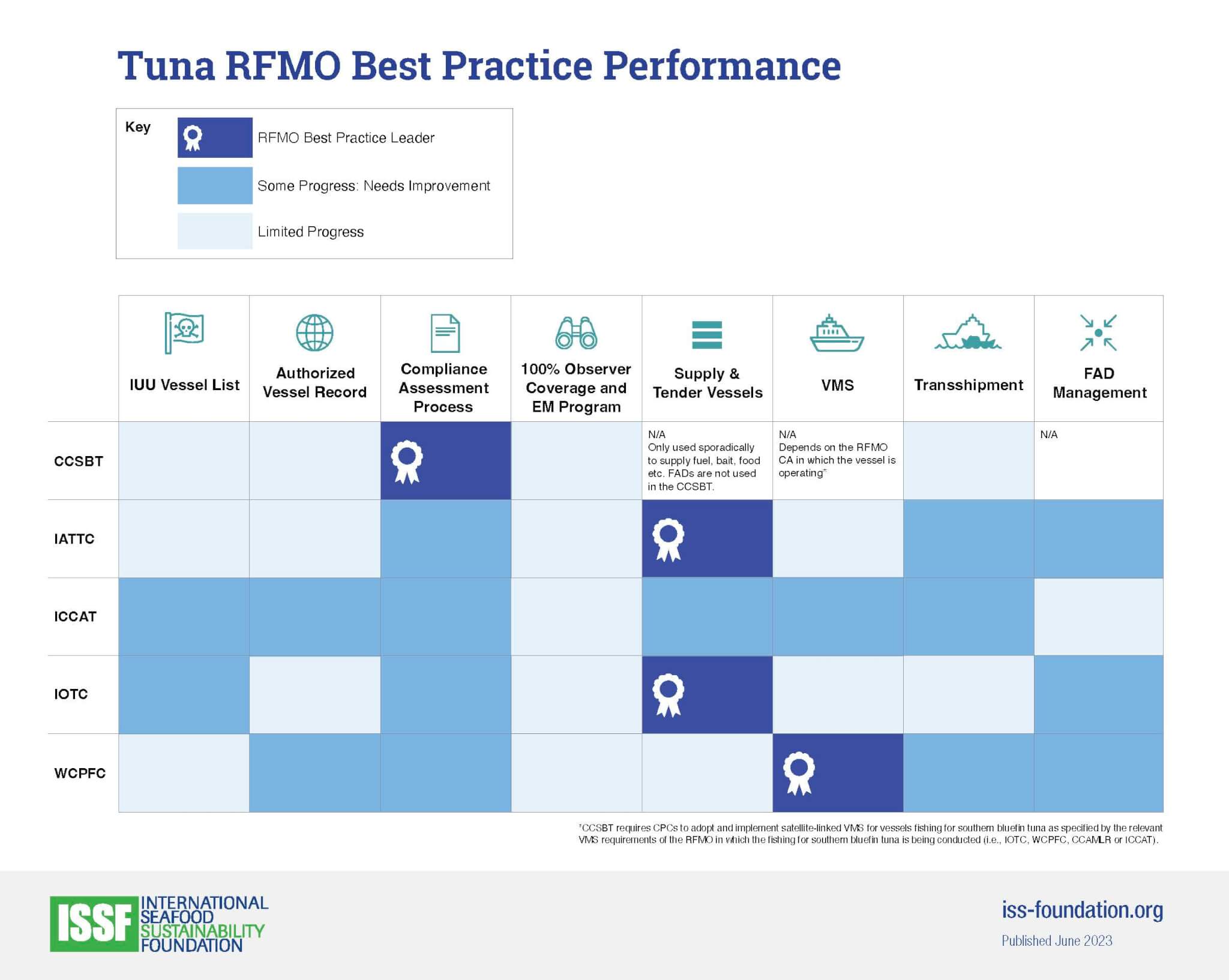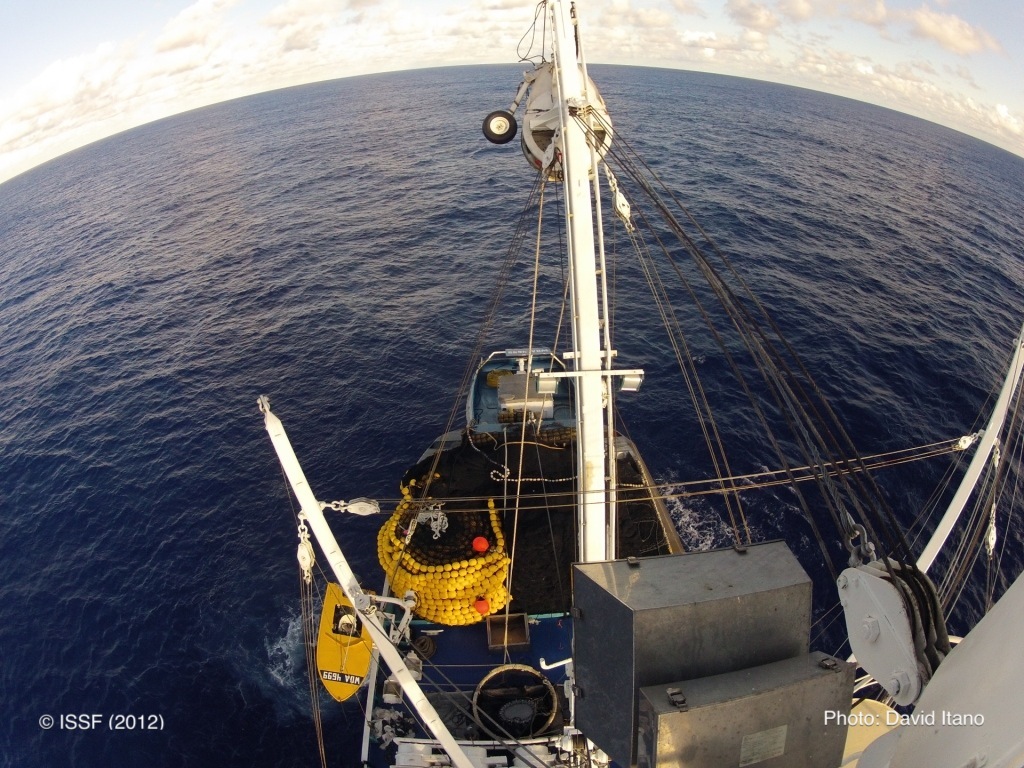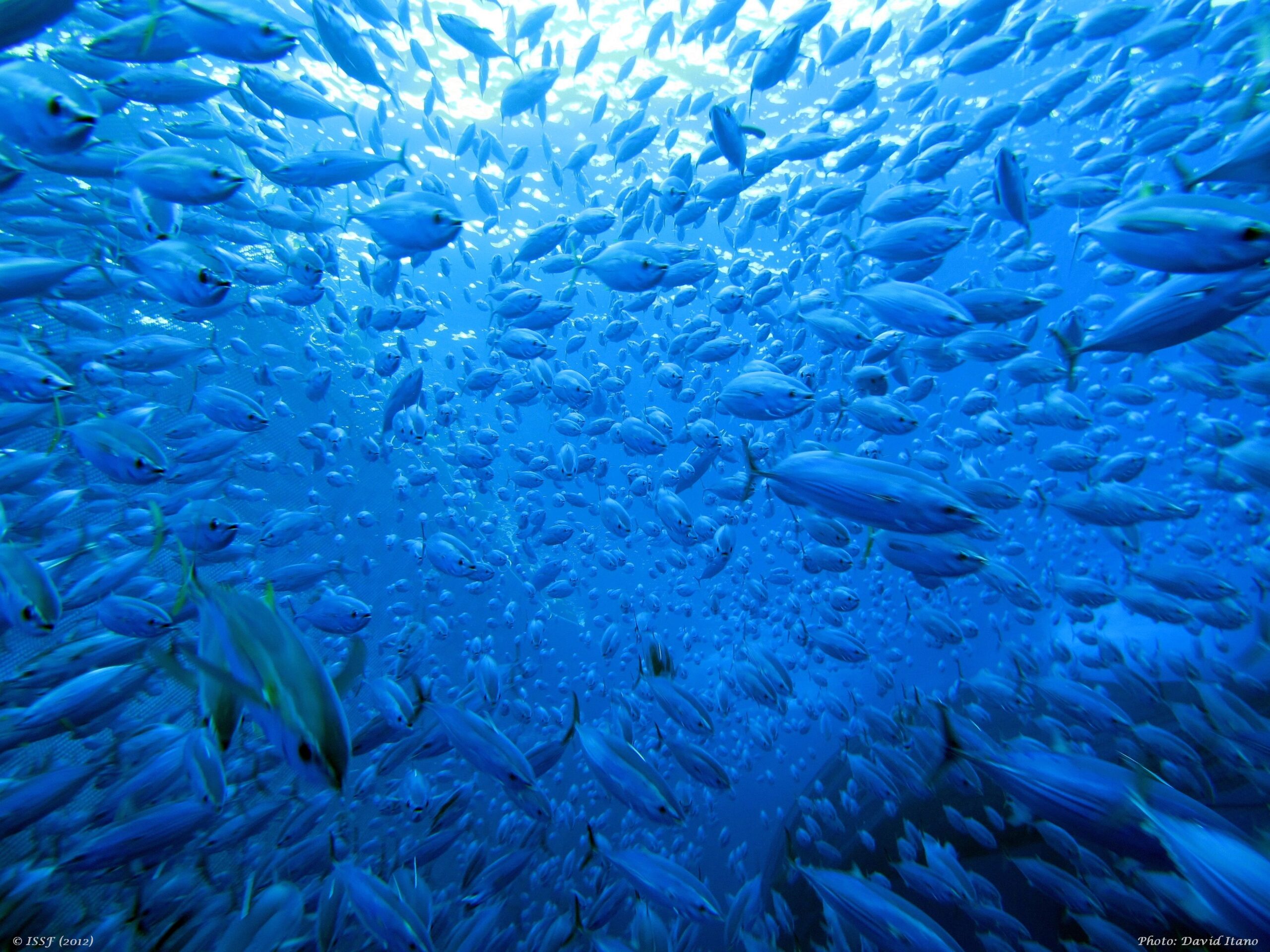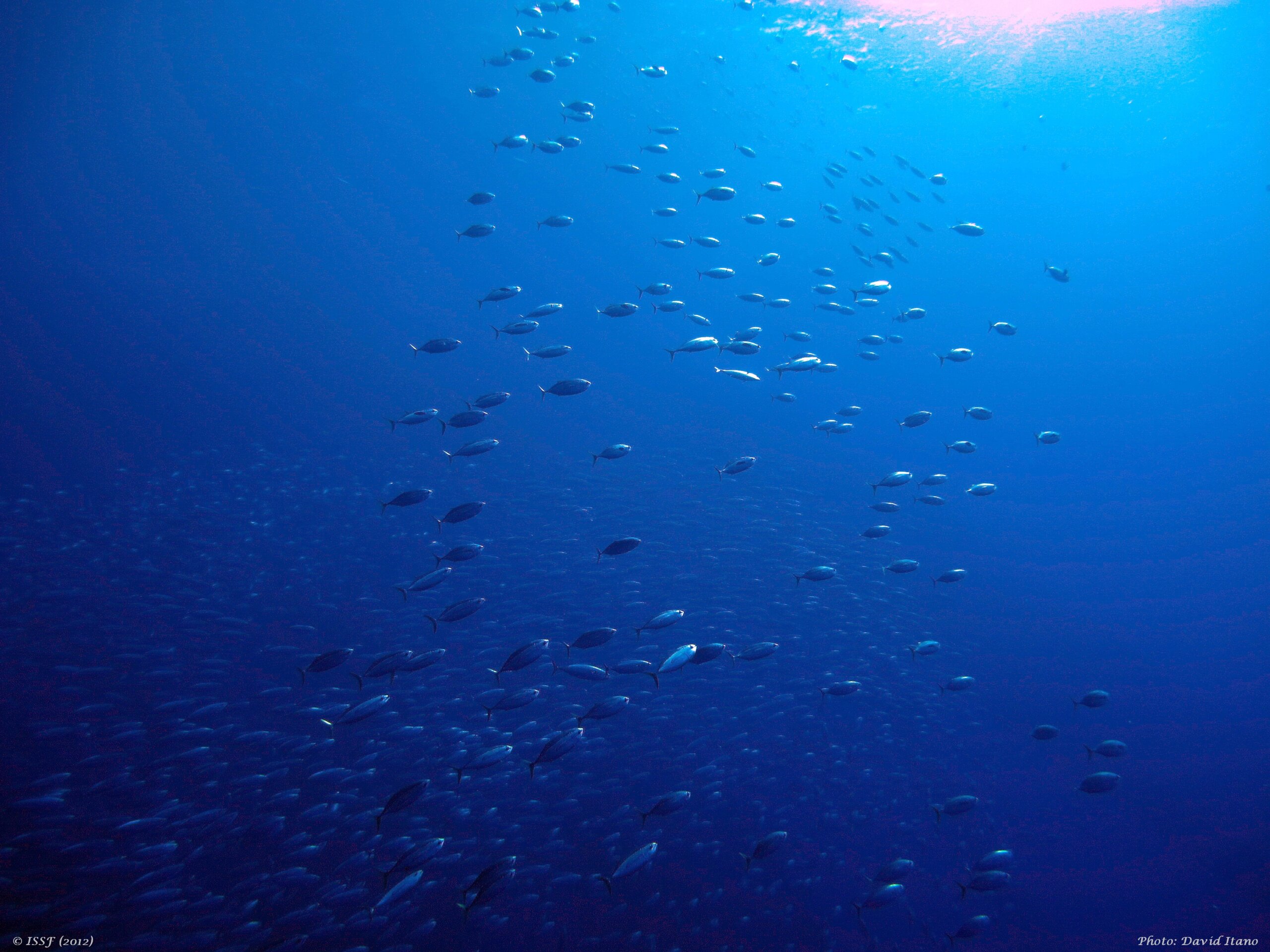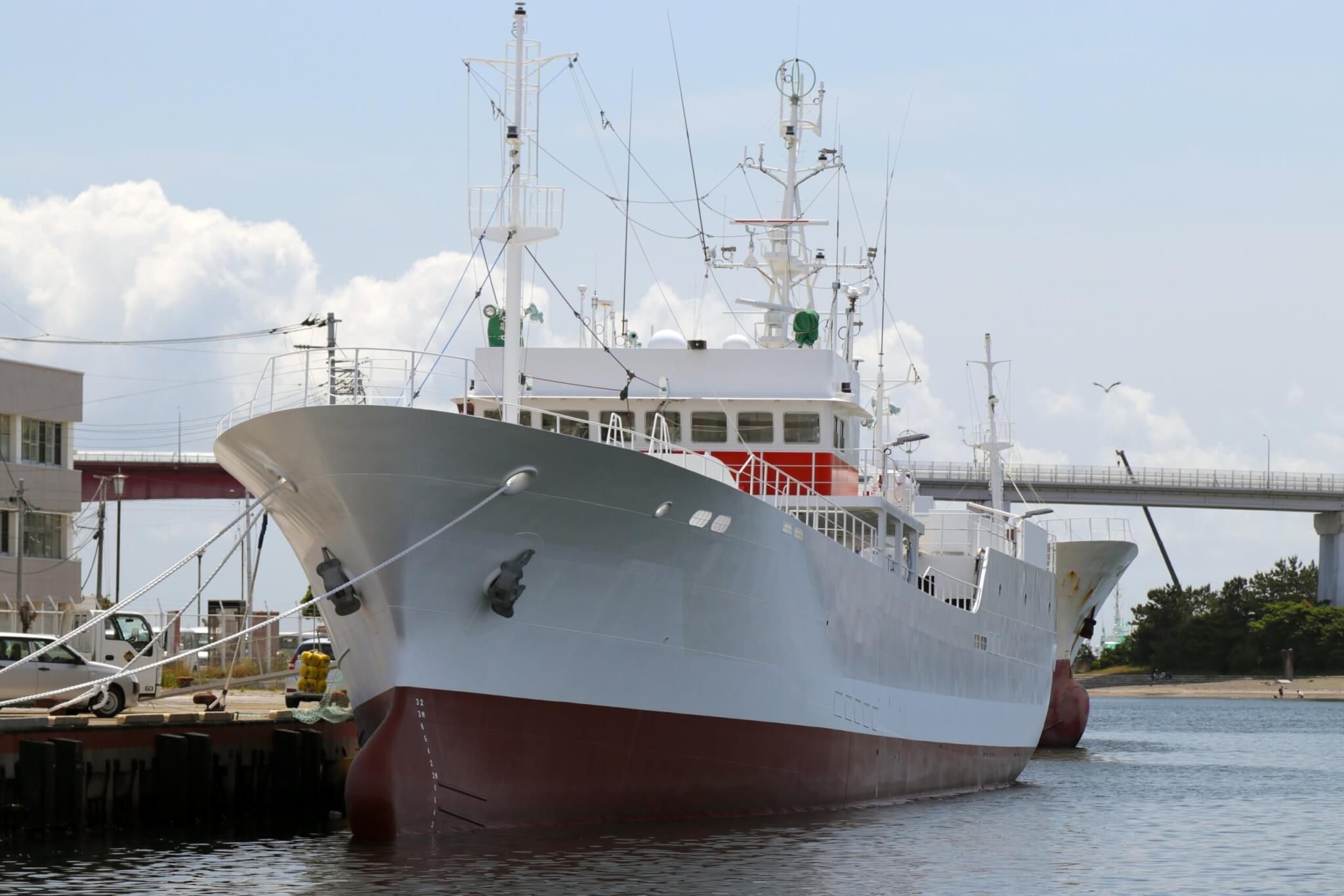
Transshipment Management
Transshipment is the process of transferring fish or fish products at sea or in port — from one fishing vessel to another fishing vessel, or to a cargo vessel for further transport.
In many fisheries, transshipment is common. By tonnage, for example, tuna is the third-largest catch worldwide to be transshipped at sea.
But transshipment activities can complicate the collection and documentation of catch data as well as the traceability of seafood products as they move across vessels and through the supply chain.
Unscrupulous vessels also use transshipment to mask their illegal, unreported, and unregulated (IUU) fishing.
For these and other reasons, tuna Regional Fisheries Management Organizations (RFMOs) generally permit transshipment only under limited conditions. RFMOs require transshipments to be observed, and vessel data submitted to RFMO science bodies must include information about transshipments.
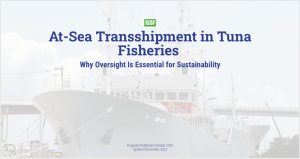
Transshipment & Sustainable Fisheries
Scroll through our new interactive Web feature to learn why at-sea transshipment continues to be a “hot-button” issue in sustainable tuna fishing — and what stakeholders can do to push for smarter regulations (or prohibitions) and better oversight in all oceans.
OUR CONTRIBUTIONS
Policy Recommendations
ISSF identifies and reports on best practices that Regional Fisheries Management Organizations (RFMOs) and national authorities should follow to optimally monitor — and regulate — transshipment activities in their regions.
To influence the adoption of best practices in transshipment — and other regulatory areas — we disseminate position statements to RFMO members for consideration at their annual meetings.
Transshipment Measures
Through ISSF conservation measures, we guide ISSF participating seafood companies in implementing practices to ensure they are sourcing more sustainably caught tuna.
Several of our Monitoring, Control and Surveillance measures focus on transshipment specifically — including requiring seafood processors, traders, importers, and marketers to source from certain transshipping vessels only if they have 100% observer coverage.
In addition, ISSF conservation measure 4.4(a) requires seafood companies to conduct transactions only with those purse seine vessels that do not engage in transshipments at sea — whether in high seas, EEZ, territorial seas or archipelagic waters.
RFMO Benchmarking
In our snapshot series, we analyze each tuna RFMO’s transshipment regulations for fishing vessels — noting where their policies and oversight fall short of or align with best practices. Our transshipment spotlight, for example, examines observer coverage, data collection, authorizations, and more.
We also produce a high-level “scorecard” showing which RFMOs are leaders or laggards on critical sustainable-fishing issues.
RELATED RESOURCES

Holly Koehler
Holly Koehler, ISSF’s vice president of policy and outreach, analyzes and reports on transshipment policies and practices.
Position Statements
In advance of tuna RFMO annual meetings, we publish detailed recommendations to guide their policymaking discussions and decisions — including on transshipment.
